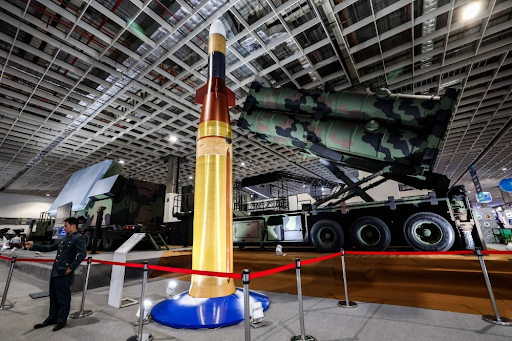



India faces U.S. reciprocal tariffs, imposing a 26% extra tax on several goods. To mitigate this, India can import more U.S. goods, negotiate a trade deal, avoid retaliation, monitor dumping, diversify exports, or lower tariffs. Strategic moves aim to balance trade and protect key industries while boosting competitiveness.

Copyright infringement not intended
India navigates US-imposed reciprocal tariffs with strategic negotiations and economic adjustments.
A tariff is a tax a country puts on imported goods. Trump’s reciprocal tariffs are special because they “mirror” what other countries charge the U.S. In 2024, India exported $87.4 billion worth of goods to the U.S. but imported only $41.8 billion, creating a trade surplus.
The U.S. calculates India’s tariff using this formula:
(-1) * (1/2) * exports from U.S. – imports to U.S.)/imports to the U.S.
India’s discounted reciprocal tariff rate:
(-1) * (1/2) * (41.8 – 87.4)/87.4 = 26.1% = 26%
This 26% extra tax applies to many Indian goods, on top of existing tariffs. Countries not on the U.S.’s tariff list face a minimum 10% tariff.
Trump says other countries, including India, tax U.S. goods heavily, which is unfair. He claims India’s tariffs average 52%, including barriers like currency issues. His goal is to:
The tariffs don’t apply to all goods. Exempted items include pharmaceuticals, semiconductors, and oil, which is great news for India’s drug and IT sectors. But several industries face the 26% tariff, making their products pricier in the U.S.:
These sectors might lose sales if U.S. buyers switch to cheaper options. However, competitors like China (145% tariff) and Vietnam (46%) face even higher tariffs, so India’s goods might still be competitive.
Buy More from the U.S.
If India imports more U.S. goods, like $25 billion worth of oil instead of from other countries, the trade gap shrinks. This lowers India’s reciprocal tariff to 11.8%, close to the 10% minimum, making exports cheaper. This doesn’t hurt India’s overall budget—it just changes oil suppliers.
Negotiate a Trade Deal
India and the U.S. are working on a Bilateral Trade Agreement (BTA) to boost trade to $500 billion by 2030. The Indian Commerce Minister is in talks with U.S. officials. A deal could lower tariffs on both sides. India already cut tariffs on U.S. bourbon, motorcycles, and electric vehicles to show goodwill. Speeding up these talks is key, especially since Trump paused tariffs for 90 days (except for China), giving India time to negotiate.
Avoid Retaliation
Unlike China, which hit back with 125% tariffs, India stays calm. Slapping tariffs on U.S. goods like oil or planes would raise prices for Indian consumers, since these are “essential” imports. Experts says retaliation could backfire, as seen with China’s 245% tariff penalty.
Watch for Dumping
Countries like China, hit hard by U.S. tariffs, might “dump” cheap goods in India to offload excess stock. India must monitor imports to protect local businesses.
Diversify Exports
India can sell more to Europe or the Middle East via new trade routes like the India-Middle East-Europe Corridor (IMEC). This reduces reliance on the U.S. market.
Lower Tariffs
Experts say India should cut tariffs to boost efficiency and satisfy the U.S. Lower tariffs make Indian goods cheaper globally, attracting buyers. Past trade reforms show this can increase investment.
Must Read Articles:
China-US Trade War for Dominance
Oil Prices Surge Amid Trade Tension
Is imposing tariffs on Chinese imports a good idea?
Source:
|
PRACTICE QUESTION Q. "Economic sanctions and tariffs are tools of modern-day geopolitics." Critically analyze. 150 words |







© 2025 iasgyan. All right reserved